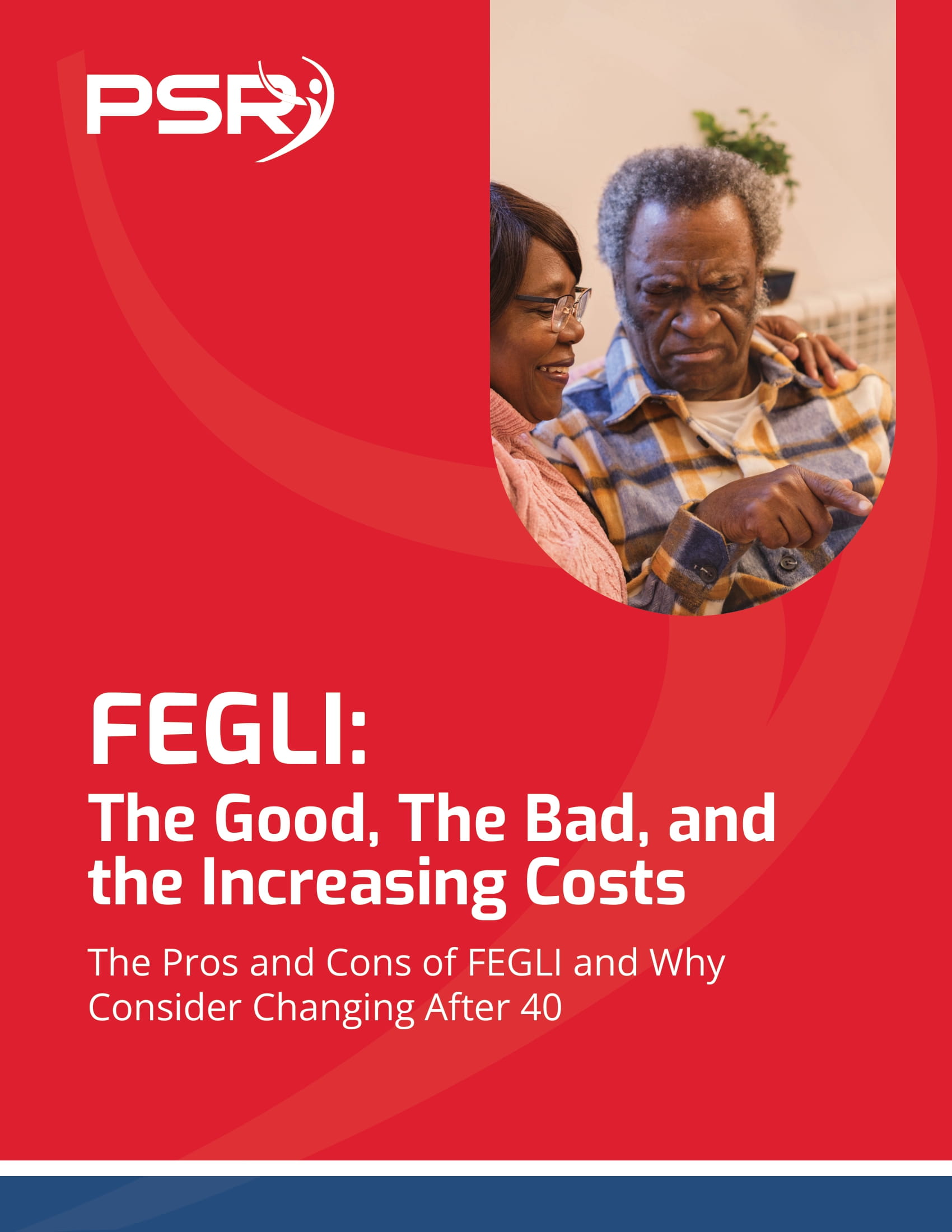Key Takeaways
-
Federal employment continues to offer significant long-term value, but you only benefit if you actively engage with the programs available.
-
Retirement, health, and insurance benefits are still among the strongest reasons to work in the public sector, yet many employees leave value on the table by not understanding or using them correctly.
Why Federal Employment Is Still a Smart Long-Term Decision
In 2025, federal employment remains a competitive career path—not just because of job security, but because of the array of benefits still available. From retirement programs to health insurance and life coverage, the government continues to offer support that surpasses many private sector packages. The caveat? You need to use them intentionally and early.
- Also Read: How Survivor Benefits Provide Federal Families with Stability After the Loss of a Loved One
- Also Read: Federal Employees, Here’s What You Need to Know About Survivor Benefits Before Retiring
- Also Read: Medicare Enrollment Changes That Every Federal Employee Needs to Pay Attention to This Year
Understand the FERS Retirement System
The Federal Employees Retirement System (FERS) continues to serve as a core reason to stick with or choose public sector work. It includes three main parts:
-
A defined benefit pension (your FERS annuity)
-
Social Security benefits
-
The Thrift Savings Plan (TSP)
Each of these components plays a distinct role in your financial future, and timing matters.
FERS Annuity
If you’ve worked at least five years as a federal employee, you’re eligible for a FERS annuity. The longer you stay, the higher your benefit. In 2025, this pension is still based on your “High-3” average salary and your years of service. But keep in mind:
-
You must reach your Minimum Retirement Age (MRA), which ranges from 55 to 57 depending on your birth year.
-
If you retire before age 62 with fewer than 20 years of service, your pension is reduced.
-
If you have 30 years of service at your MRA, or 20 years at age 60, you can retire without reductions.
Thrift Savings Plan (TSP)
Your TSP offers a powerful retirement savings tool with government matching contributions. In 2025, you can contribute up to $23,500 annually, with catch-up contributions for those age 50 or older. Not contributing enough to get the full match is equivalent to leaving money unclaimed.
The TSP includes both traditional and Roth options, and the government contributes automatically even if you don’t contribute anything. But to really build wealth, you need to actively manage and contribute to it.
Social Security
While Social Security isn’t exclusive to federal workers, it’s a crucial part of your FERS retirement trio. Many employees underestimate how important it is to coordinate claiming strategies for maximum value. Benefits grow the longer you wait, up to age 70, and your income history matters. Plan accordingly.
Don’t Overlook FEHB Coverage
The Federal Employees Health Benefits (FEHB) program still ranks as one of the most robust health insurance systems in the country. You have access to nationwide coverage options, and the government pays around 70% of the premium.
But this benefit only continues into retirement if you meet specific requirements:
-
You must be enrolled in FEHB for the five years immediately before retiring.
-
You must retire on an immediate annuity (not a deferred one).
If you don’t plan for this in advance, you could lose a benefit that helps shield you from high healthcare costs later in life. Also, coordination with Medicare at age 65 offers additional cost-sharing opportunities that many overlook.
Life Insurance Through FEGLI: Use It or Rethink It
The Federal Employees’ Group Life Insurance (FEGLI) program offers basic life insurance with optional additional coverage. While it’s easy to keep during your career, costs rise significantly after retirement. In 2025, many retirees find that FEGLI becomes unaffordable unless they selected a no-cost reduction option while still employed.
Consider these steps:
-
Review your FEGLI elections before your retirement window.
-
Compare the rising costs in retirement to your actual needs.
-
Consider whether private term policies might offer more appropriate protection earlier in your career.
FEDVIP and FLTCIP: Optional but Often Overlooked
You also have access to:
-
FEDVIP (Federal Employees Dental and Vision Insurance Program)
-
FLTCIP (Federal Long Term Care Insurance Program)
FEDVIP offers separate dental and vision coverage, which can be particularly useful in retirement when out-of-pocket costs climb. It’s available to both employees and retirees, but you need to enroll during Open Season or a qualifying life event.
FLTCIP has been suspended for new enrollees since 2022, but if you already have coverage, maintaining it could be crucial. Long-term care costs remain one of the biggest threats to retirement savings. If enrollment reopens, assess the value early—waiting until you need it is too late.
Health Savings and Flexible Spending Accounts
In 2025, you can still use Health Savings Accounts (HSAs) or Flexible Spending Accounts (FSAs) to set aside tax-free dollars for medical expenses. Here’s how to make them work:
-
HSA: Only available if you enroll in a high-deductible health plan. Annual contribution limits are $4,300 for individuals and $8,550 for families, with an extra $1,000 if you’re 55+.
-
FSA: Allows contributions up to $3,300. If your plan offers carryover, you can take up to $660 into the next year.
Use these accounts for co-pays, prescriptions, glasses, dental work, and more. The savings can add up, especially if you plan ahead.
Take Advantage of Leave Benefits While They Last
Leave benefits continue to make federal employment attractive, especially for long-term employees. You earn both:
-
Annual Leave: Up to 26 days per year for those with 15+ years of service.
-
Sick Leave: 13 days per year, which can accumulate without limit.
Unused sick leave adds to your creditable service when calculating your FERS annuity. Don’t waste it if you don’t need to. Annual leave, however, is paid out in a lump sum at retirement—this can significantly boost your final year’s income if timed well.
Professional Development and Education Support
The federal government also supports career growth with:
-
Tuition assistance or reimbursement programs
-
Certification and licensing coverage
-
Access to training platforms and leadership programs
These resources may not seem urgent when you’re busy day-to-day, but they play a big role in long-term career mobility and higher earning potential, which in turn boosts your retirement benefits. Don’t overlook them.
Disability and Survivor Benefits: Prepare Before You Need Them
The FERS system also includes:
-
Disability Retirement: Available after 18 months of service if you become unable to work.
-
Survivor Benefits: Your spouse and children may be eligible for monthly annuities if you pass away.
These aren’t automatic—you need to elect survivor benefits when you retire, which reduces your annuity. But not doing so could leave your spouse without income. Be sure to understand the trade-offs before retirement.
Use Your Benefits Strategically for Long-Term Value
By 2025, it’s clear that federal employment continues to offer stability and strong long-term value. But the benefits are only as good as your engagement with them. The more you educate yourself and plan early, the more you’ll be able to take full advantage of what’s available.
To ensure you’re not missing anything, consider meeting with a licensed agent listed on this website for professional guidance tailored to your situation.









